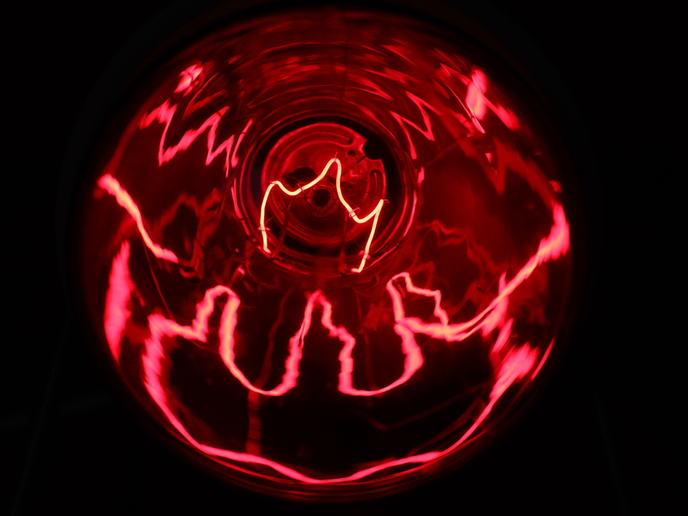Mitochondrial disorders under analysis
Oxidative phosphorylation (OxPhos) extracts energy from nutrients to create a proton motive force (ΔP) that drives adenosine triphosphate (ATP) production, one of the cell's energy stores. One mitochondrial disorder, Leber's hereditary optic neuropathy (LHON), is the most common cause of blindness in young men. ATP deficiency leads to cell dysfunction and ultimately cell death, and in the case of LHON, this occurs in the retinal ganglion cells. Located in the inner layer of the retina, the retinal ganglion cells have axons that form the optic nerve. The EU-funded CELLSPEX (Multiwavelength cell spectroscopy to define the pathophysiology of mitochondrial disorders in living cells) project investigated the mutations responsible for LHON. In previous research, scientists had developed optical instrumentation to define the bioenergetic status of mitochondria in living cells with a high level of accuracy, under tightly defined conditions. CELLSPEX looked at mitochondria with either wild type mitochondrial DNA (wt mtDNA) and haplogroups in the most common LHON mutation. Data was collected on all factors contributing to ΔP including membrane potential and pH gradient using their optical instrumentation. Without this new equipment, it would not have been possible to look at the components of ΔP individually. Research results indicated that inability to maintain membrane potential or pH gradient under certain developmental or environmental conditions sensitises the retinal ganglion cells to apoptosis. While only based on certain cell lines, this data will form the basis of continued research into the links between mutation and the extent to which people bearing these mutations have the LHON phenotype.







